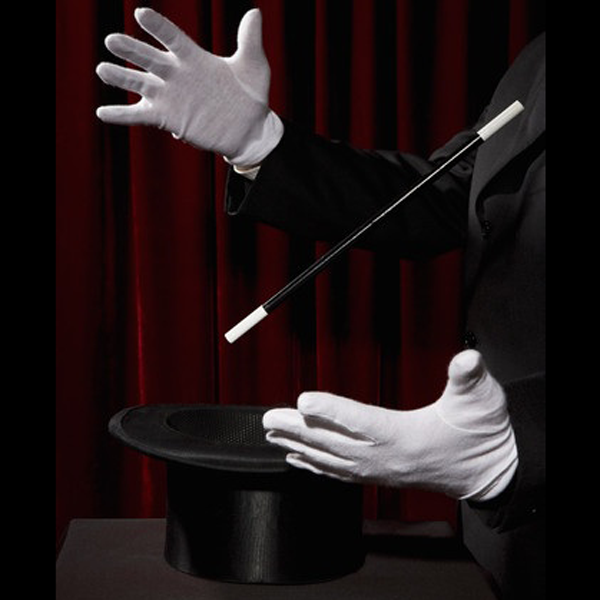Something magic in the alkalis
The internal energy-level spacing of optically trapped atoms is generally affected by a differential Stark shift due to frequency-dependent polarizabilities. In an ensemble of traps of differing depths, this leads to inhomogeneous broadening in the atomic transitions—a rather annoying situation where an accurate control of these transitions is crucial. However, if the frequency of the trapping light is properly chosen, two levels of an atomic transition may experience identical Stark shifts. This is the basic idea of “magic wavelengths,” recently proposed in the context of metrology.
In a Rapid Communication published in Physical Review A, Nathan Lundblad from Bates College, Trey Porto from NIST and the University of Maryland, all in the US, and Malte Schlosser from Technische Universität in Darmstadt, Germany, show that the Stark shift cancellation is indeed achievable in an ultracold gas of atoms loaded into an optical lattice. In their experiment, they use a suitable light polarization together with an external magnetic field such that the scalar and vector Stark shifts of a microwave hyperfine transition nicely cancel with each other. Their results may have interesting implications in the development of precision measurements, atomic clocks, and quantum computing with neutral atoms. – Franco Dalfovo





